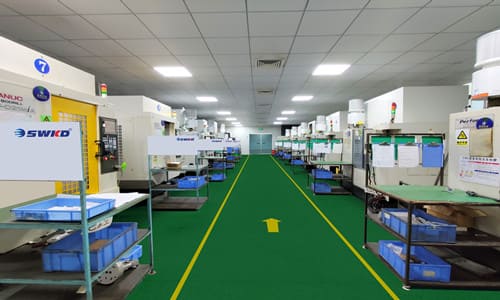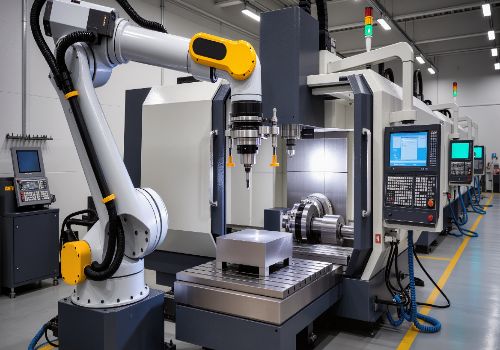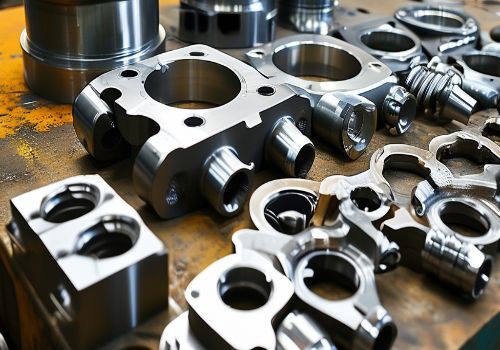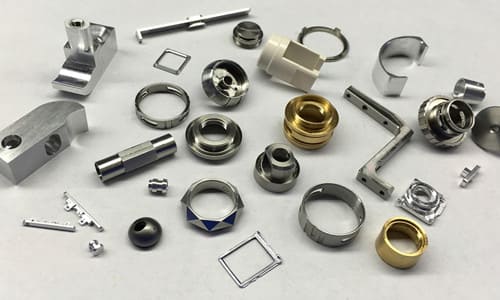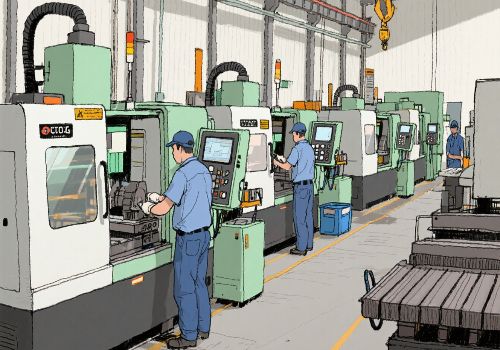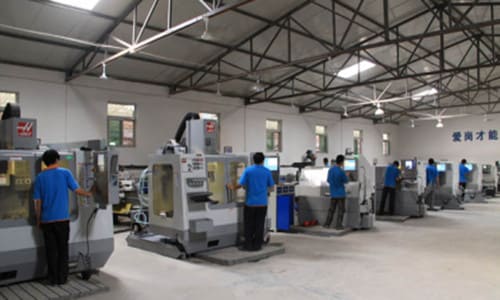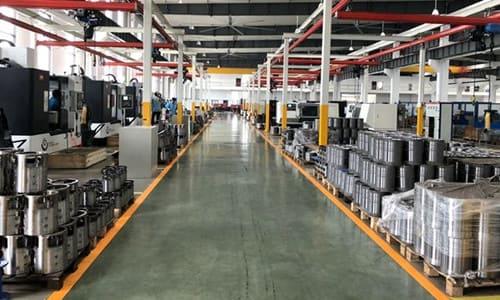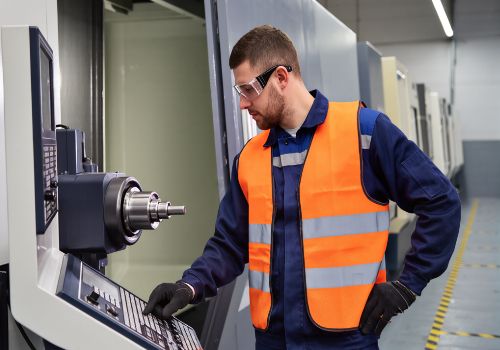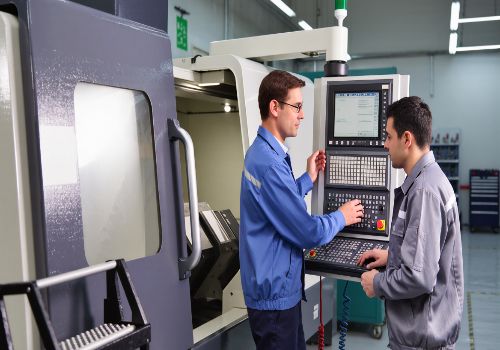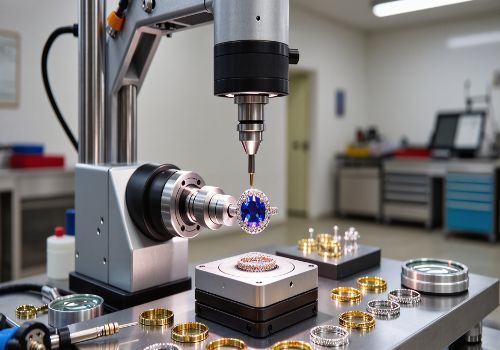Introduction
Scaling a CNC machining business requires more than just adding machines—it demands strategic planning, process optimization, and smart investments. While 80% of machine shops remain small operations, the top 20% that scale successfully typically see 3-5x higher valuation multiples and 30-50% better profit margins.
The journey from a small shop to a growth-oriented business involves navigating critical transitions in technology, team management, and market positioning. This comprehensive guide reveals the proven strategies that successful machine shops use to scale sustainably.
The Scaling Challenge: Statistics & Reality
-
90% of manufacturing businesses fail to scale beyond $5M in revenue
-
45% of shop owners cite “finding skilled workers” as their biggest barrier
-
Only 12% of machine shops have formal growth strategies
-
Scaling shops achieve 2.8x higher productivity per employee
7 Pillars of Sustainable CNC Business Scaling
1. Foundation First: Optimize What You Have
Before adding capacity, maximize current assets:
-
Machine Utilization Analysis
-
Target: 85%+ spindle utilization
-
Implement machine monitoring (MachineMetrics, Seiki)
-
Identify bottleneck operations
-
-
Process Standardization
-
Document setup procedures
-
Create standard work instructions
-
Implement quality control checkpoints
-
-
Financial Health Check
-
Maintain 15%+ net profit margin
-
Keep debt-to-equity below 2:1
-
Ensure 90-day cash reserve
-
2. Strategic Technology Investment
Growth-Oriented Technology Stack:
| Priority | Technology | Impact | ROI Timeline |
|---|---|---|---|
| High | Machine Monitoring | 25-40% productivity gain | 3-6 months |
| High | Modern CAM Software | 30% programming time reduction | 6-12 months |
| Medium | Automated Quality Control | 80% inspection time reduction | 12-18 months |
| Medium | ERP/MRP Systems | 20% admin cost reduction | 12-24 months |
| Strategic | Multi-Axis/Mill-Turn | New market access | 18-36 months |
Case Example: Ohio machine shop invested $350,000 in 5-axis capability, capturing $1.2M in new aerospace contracts within 18 months.
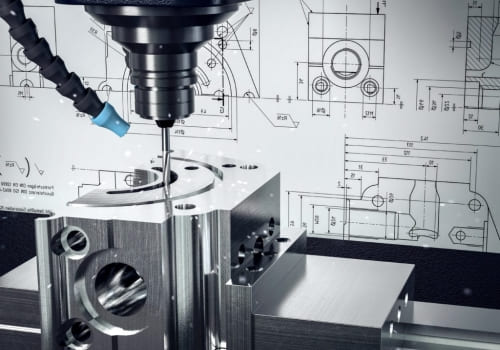
3. Talent Development & Organizational Structure
Building a Team That Scales:
-
Key Hires for Growth Phase:
-
Production Manager (at $1-2M revenue)
-
Sales/Marketing Lead (at $2-3M revenue)
-
Quality Manager (at $3-5M revenue)
-
Controller/CFO (at $5M+ revenue)
-
-
Training Investment:
-
Allocate 3-5% of payroll to training
-
Cross-train for operational flexibility
-
Develop leadership pipeline
-
-
Compensation Strategy:
-
Profit-sharing programs
-
Performance-based bonuses
-
Career progression paths
-
4. Systematic Sales & Marketing
From Reactive to Proactive Growth:
-
Ideal Customer Profile Development
-
Focus on high-margin industries (medical, aerospace, defense)
-
Target customers with recurring needs
-
Avoid commodity part buyers
-
-
Marketing Foundation:
-
Professional website with case studies
-
SEO-optimized content marketing
-
Industry trade show participation
-
Referral program development
-
-
Sales Process Engineering:
-
Implement CRM system
-
Standardize quoting process
-
Develop sales playbooks
-
Track conversion metrics
-
5. Operational Excellence Framework
Building Scalable Processes:
-
Quality System Implementation
-
ISO 9001:2015 certification
-
Statistical process control
-
First article inspection rigor
-
-
Lean Manufacturing Integration
-
5S workplace organization
-
Value stream mapping
-
Continuous improvement culture
-
-
Supply Chain Optimization
-
Strategic supplier partnerships
-
Inventory management system
-
Backup supplier development
-
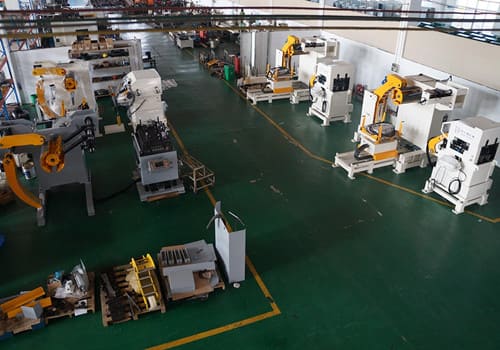
6. Financial Management & Funding Growth
Smart Capital Allocation:
-
Reinvestment Strategy:
-
Allocate 8-12% of revenue to capital equipment
-
Maintain equipment debt under 3x annual cash flow
-
Phase technology investments
-
-
Funding Options:
-
SBA loans (lowest cost capital)
-
Equipment financing (preserves cash flow)
-
Lines of credit (working capital needs)
-
Strategic investors (industry expertise)
-
-
Financial Controls:
-
Weekly cash flow monitoring
-
Monthly P&L reviews
-
Quarterly balance sheet analysis
-
Annual budget with monthly variance review
-
7. Strategic Positioning & Diversification
Moving Beyond Job Shop Status:
-
Specialization Strategy:
-
Develop proprietary processes
-
Pursue niche market dominance
-
Build technical barriers to entry
-
-
Service Expansion:
-
Add value-added services (heat treating, plating)
-
Offer design for manufacturability
-
Develop assembly capabilities
-
-
Customer Relationship Management:
-
Implement key account programs
-
Develop long-term partnerships
-
Create contractual recurring revenue
-
Scaling Timeline & Milestones
Phase 1: Foundation (0-2 years, $500K-$2M revenue)
-
Focus: Process standardization, basic automation
-
Key Metrics: 15%+ net margin, 75%+ on-time delivery
-
Team: 5-15 employees
-
Technology: Basic CAM, machine monitoring
Phase 2: Growth ($2M-$5M revenue)
-
Focus: Market specialization, team development
-
Key Metrics: 20%+ year-over-year growth, 90%+ customer retention
-
Team: 15-25 employees with management layer
-
Technology: Advanced CAM, ERP implementation
Phase 3: Scaling ($5M-$10M+ revenue)
-
Focus: Strategic partnerships, advanced capabilities
-
Key Metrics: 25%+ EBITDA, 50%+ repeat business
-
Team: 25-50+ employees with executive team
-
Technology: Full digital integration, automation
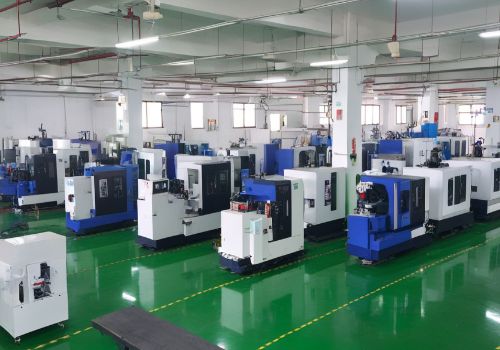
Case Study: Precision Components LLC
Starting Point: $1.2M revenue, 8 employees, general job shop
5-Year Scaling Strategy:
Year 1-2: Foundation Building
-
Implemented machine monitoring (22% productivity gain)
-
Achieved ISO 9001 certification
-
Hired production manager
Year 3: Strategic Investment
-
Added 5-axis capability ($280,000 investment)
-
Developed medical device niche
-
Implemented ERP system
Year 4: Market Expansion
-
Hired dedicated sales manager
-
Added CMM inspection capability
-
Developed proprietary implant machining process
Year 5: Scaling
-
Added second shift
-
Acquired complementary business
-
Reached $8.2M revenue
Results:
-
📈 Revenue growth: 583% over 5 years
-
💰 Valuation increase: From $1.5M to $12M
-
🏭 Team growth: 8 to 42 employees
-
🌎 Market position: Leader in orthopedic implant machining
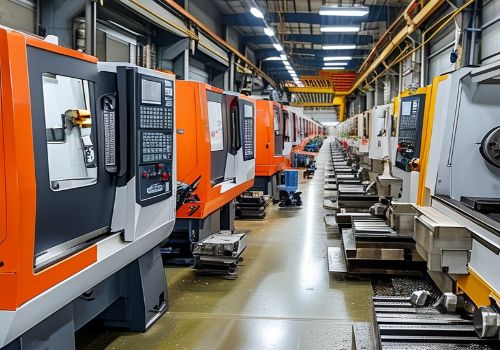
Common Scaling Pitfalls & Solutions
❌ Growing Too Fast
-
Solution: Cap growth at 25% annually without external capital
❌ Undercapitalization
-
Solution: Maintain 3 months of operating expenses in cash
❌ Leadership Gaps
-
Solution: Hire experienced managers before you think you need them
❌ Quality Erosion
-
Solution: Implement robust quality system before scaling
❌ Customer Concentration
-
Solution: No single customer should represent >20% of revenue
Scaling Readiness Assessment
*Score your business (1-5 on each):*
-
Financial Health (Profitability, cash flow, reserves)
-
Operational Foundation (Processes, quality, efficiency)
-
Team Capacity (Skills, leadership, culture)
-
Market Position (Differentiation, customer base, reputation)
-
Technology Infrastructure (Systems, equipment, integration)
Scoring:
-
20-25: Ready to scale aggressively
-
15-19: Foundation work needed
-
Below 15: Address critical gaps first
Funding Your Growth Strategy
| Funding Source | Best For | Typical Amount | Pros | Cons |
|---|---|---|---|---|
| Bootstrapping | Early stage | $50K-$500K | No dilution, full control | Slow growth |
| SBA Loans | Equipment, expansion | $50K-$5M | Low rates, long terms | Personal guarantees |
| Equipment Financing | Machine purchases | Up to 100% | Preserves cash flow | Collateral required |
| Private Equity | Rapid scaling | $2M+ | Expertise, networks | Loss of control |
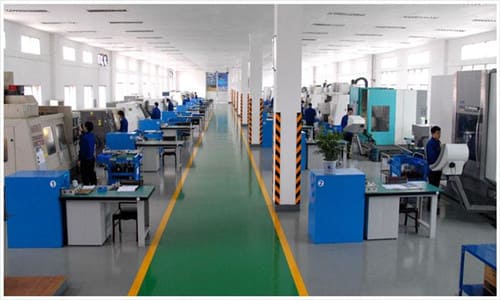
Conclusion
Scaling a CNC machining business requires balanced growth across multiple dimensions—technology, team, processes, and markets. The most successful scaling stories come from shops that focus on strategic differentiation rather than simply adding capacity.
Remember that sustainable scaling is a marathon, not a sprint. By building strong foundations, making strategic investments, and developing your team, you can create a machining business that not only grows in size but also in value and market position.
Ready to scale your CNC business? Contact with our manufacturing business experts.

